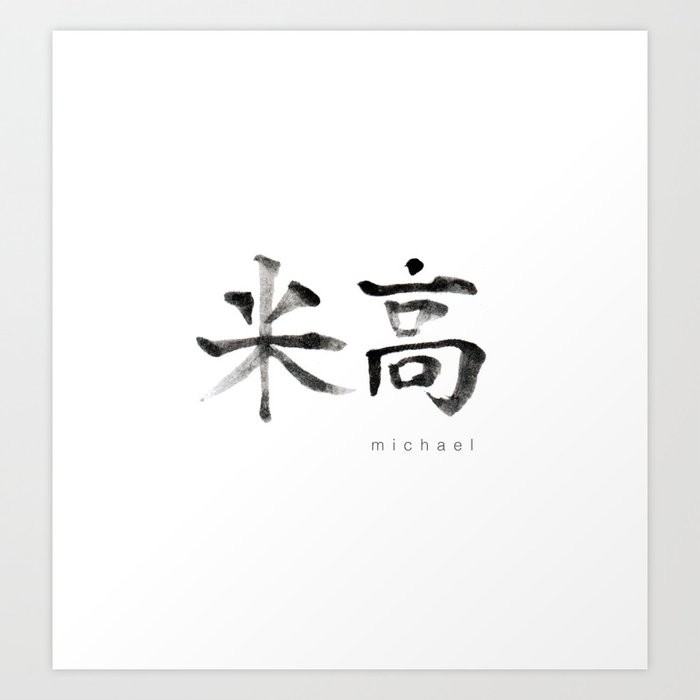
Next, you could proceed to study the pointed nib and the typefaces that rely on it: English roundhand, modern calligraphy script, flourishing, Spencerian and other Copperplate styles. Write the alphabet, then start with words and continue on to sentences. Cyrillic ornamental script ( View large version) Textura quadrata ( View large version) Italic ( View large version) Soon after that, practice Cyrillic ornamental script, textura quadrata and italic. Get accustomed to the instrument, and study the “skeleton” of letters (graphemes). Tip: I recommend devoting your initial lessons to writing with a flat paintbrush. – Hermann Zapf Brush pen lettering ( View large version) Chalk lettering ( View large version) Chalk lettering ( View large version) Like a fingerprint or a voice, it is unique for each person.

#ENGLISH CALLIGRAPHY ART HOW TO#
I also learned how to make my own calligraphy instruments.Ĭalligraphy is the most intimate, personal, spontaneous form of expression. I practiced Cyrillic ornamental script, textura quadrata, italic, English roundhand, modern calligraphy, brush pen lettering and chalk lettering. I learned the history of calligraphy, I learned how to customize my workplace, and I learned how to choose an instrument. Second lesson, square-cut nib ( View large version) Home assignment, square-cut nib. Writing with different instruments and trying different techniques, I could figure out which instrument suits me best.

Studying in a course had a positive outcome. Even something as seemingly simple as one’s posture and pen-holding technique will substantially influence the result.
#ENGLISH CALLIGRAPHY ART PROFESSIONAL#
A professional will help you to develop proper technique, answer your questions and prompt you in the nuances of the craft. However, I recommend starting by learning from professionals (in workshops, at calligraphy schools). Tip: A lot of useful resources and online courses are on the Internet. Strokes done in the first lesson of calligraphy ( View large version) First home assignment, flat paintbrush ( View large version) Our first lesson was to write simple strokes, the basis of all letters, with a flat paintbrush. Type is a visual language, which connects the writer and the reader. But that was nonsense! And I say that as a master of Photoshop who couldn’t handwrite plain lines only a year ago. When I joined the calligraphy course, I heard students talking amongst themselves: “I’ll never manage to do it this way!” “I can’t write in such a beautiful way!”


The contemporary world has its own rhythm, aesthetic and philosophy while we are changing, everything is changing around us. At the same time, it fulfils social functions and acts as an indicator of the age it belongs to. Typography is, foremost, an information medium. Type influences us, adds coloring to words, sets a mood and atmosphere, assists, teaches, scares us, brings us joy and inspires us. We receive information through typography. Typefaces are always telling us something. Type is saying things to us all the time. I was sure that it would be painstaking and that I would need excellent handwriting to learn this art. The first time I took a calligraphy course was about a year ago, and the decision was quite hard. Operating Photoshop is easy for me however, to level up my skills, I am always learning to work with letters, using my hands, without any computer programs. Being a designer, I pay a lot of attention to its quality. Typography is a primary element of composition.


 0 kommentar(er)
0 kommentar(er)
